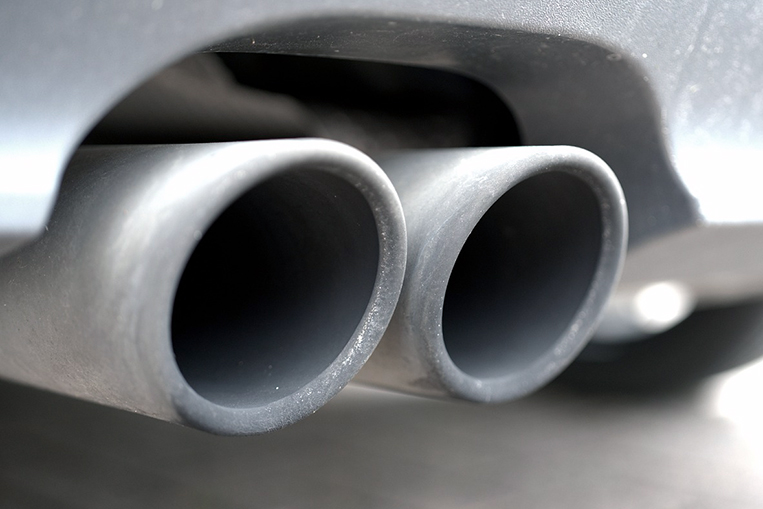
The Department of Energy announced last Thursday that it would authorize the importation and the sale of “low-priced petroleum products, particularly diesel, to mitigate the impact of volatile oil prices,” as per the order of Energy Secretary Alfonso Cusi. By low-priced fuels, the DOE means Euro 2 fuels, which are rated as more polluting than the Euro 4 fuels sold in the country today.
The announcement that the DOE will effectively authorize the sale of Euro 2 fuels in the Philippines is, on its face, merciful. Confronted with the impact of accelerating inflation and rising food prices, some might say this is welcome relief. Caring about the environment is a privilege the hungry don’t have, after all—or so defenders of this move might argue.
Some questions are worth asking, though.
At what price can we have cheaper fuel? It’s good to remember why the world moved to adopt cleaner fuel in the first place. The European Union emissions standards, the source of the EU scales for fuel emissions, indicate that the EU should adopt progressively—moving ever forward, never backward. Adopting more stringent EU standards means a country commits to consuming fuel with lower levels of polluting impurities—Euro 4 is cleaner than Euro 3, for instance. A Euro 4 vehicle is a vehicle designed to use purer fuel and maximize its benefits (by minimizing its pollution).
The EU standards were built on a commitment to protect the environment and to ensure that a better world would be passed down to future generations. In the Philippines, we passed the Clean Air Act in 1999 in recognition that Filipinos also deserved the same healthy planet that our neighbors committed themselves to protect.
What has the cost of air pollution been since we passed the Clean Air Act? In 2016, the World Health Organization estimated that 84 out of 100,000 Filipinos died from causes attributable to indoor or outdoor air pollution, which was good for the second-highest rate of death in the Asia-Pacific region, next only to Laos. Let’s do the math. With a population of 103.3 million people in 2016, that meant around 86,772 Filipinos died of poison in the air—based on statistics released in the same year Euro 4 was implemented in the Philippines. Reintroducing Euro 2 fuels—and encouraging people to use them to lower the prices of goods—will ensure that our dirty air will become even more polluted.
What does Euro 2 fuel mean for the PUV modernization program? To say it will complicate things is an understatement. The Philippines has been on the Euro 4 standard for new vehicles since 2016, more than a decade after the EU had adopted the standard in 2005. The PUV modernization program is hinged on new PUVs being Euro 4-compliant and able to maximize the benefits of clean fuel. But with Euro 2 fuels returning, drivers would be fair to ask: What’s the point of modernizing my vehicle if I can’t enjoy the cost savings from cheaper fuel? In a relative but very real way, the groups who elect to help the country by modernizing their vehicles ahead will be punished by this move. They will see their costs rise while their slow-moving competitors fill up with dirty fuel for much less.
The rich don’t have to breathe the same dirty air that poor people do—they can buy HEPA filters and air-conditioned cars
How will the poor be affected versus the rich? Wealthier Filipinos can buy things like HEPA (high-efficiency particulate air) filters to keep their homes healthier. They can also buy air-conditioned cars, creating a cocoon that filters smog while at the same time adding more pollution to the air everyone else breathes. They don’t have to breathe the same air the poor do. The poor, meanwhile, will have to breathe air that will no doubt be dirtier than the air they breathe now (but at least they’ll be fed, according to DOE logic).
The resurgence of Euro 2 fuels in the Philippines presents a test for Transportation Secretary Arthur Tugade, who has been one of the country’s great champions for clean air. He has made moving, impassioned pleas in his speeches to support the modernization of buses and jeepneys, on the memory of his son who died young of asthma. It is through his initiative and that of LTFRB officials that the Philippines has adopted the Euro 4 standard for modern public transport vehicles, ensuring that they will be much cleaner and healthier for the people than the jeepneys and buses that the great majority of commuters still ride today. How will Secretary Tugade react to this move which trades environmental progress for lower prices?
Are there other ways to mitigate the effects of inflation? Some other ideas might be worth testing. The government charges fees at every level for many transactions, such as getting IDs, registering businesses, processing permits and more. Cutting some of those might put money in many peoples’ pockets. The government could also choose to subsidize public transport fares even more, directly infusing public transport service with funds to improve train or bus service. We could also invest more in the PUV modernization program, increasing the cash subsidy per vehicle from 5% of the purchase price of a modern vehicle to something like 20%, which is a closer figure to that of successful modernization programs in countries like South Africa.
Here’s one last question: How many of our children must we bury—like Secretary Tugade did his son—before we realize the cost of playing games with our environment?

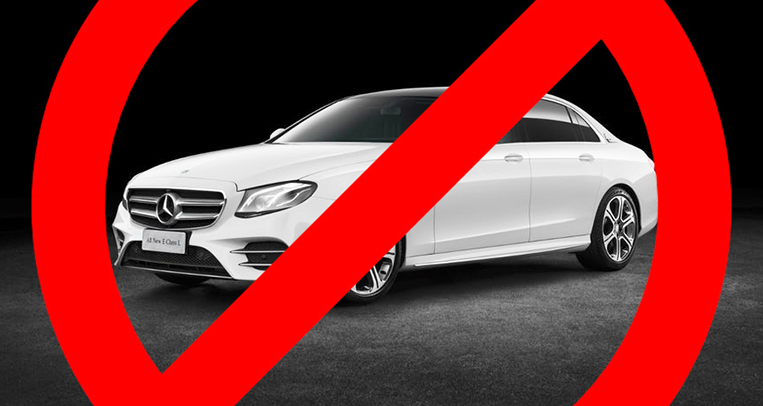

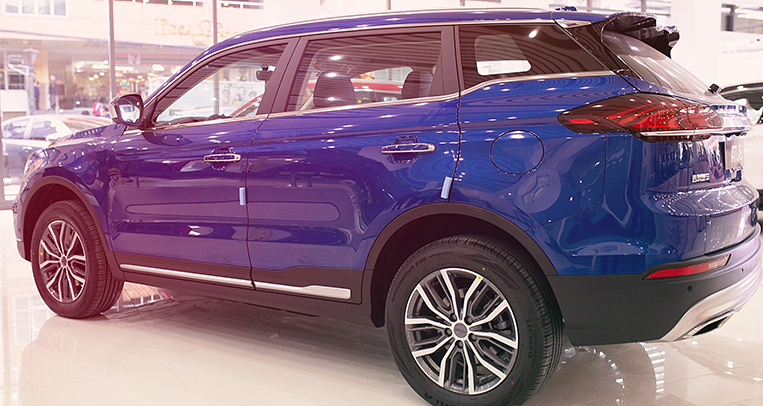

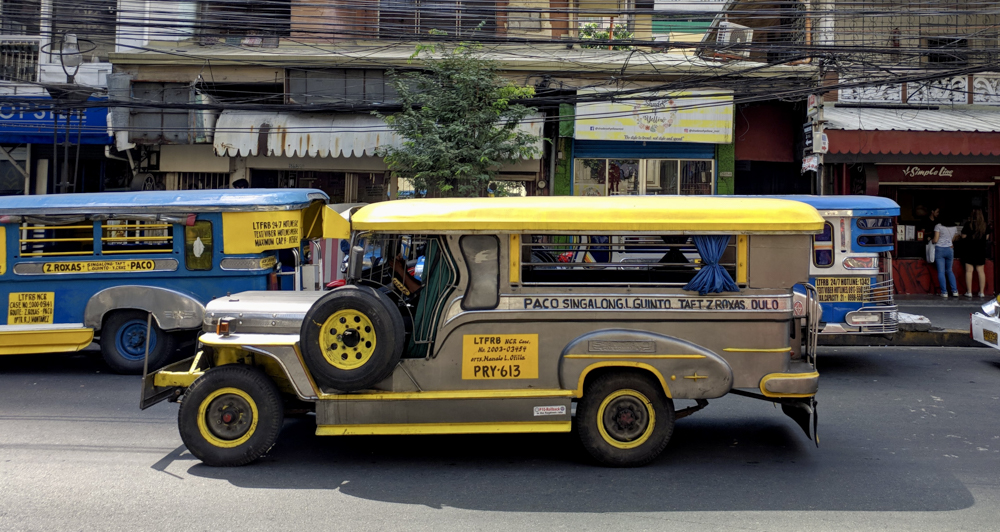




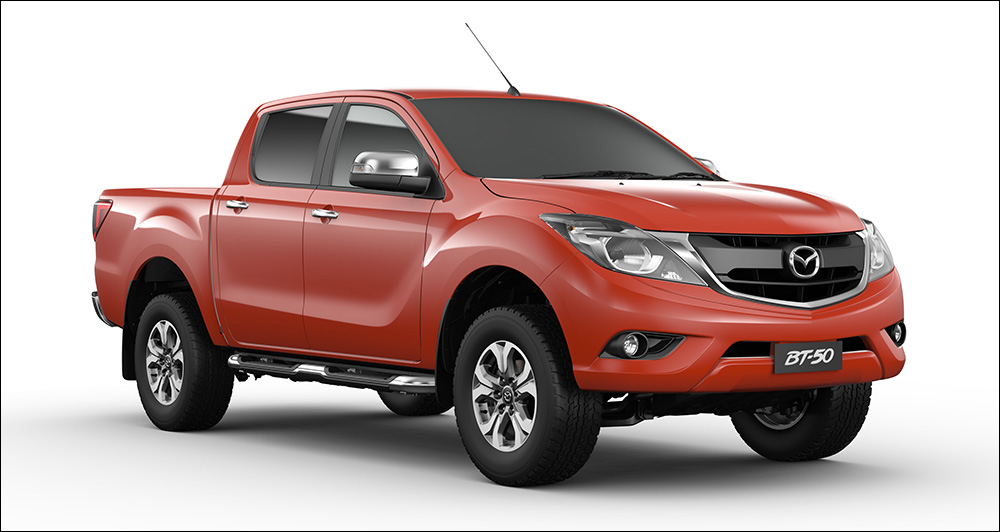
Comments